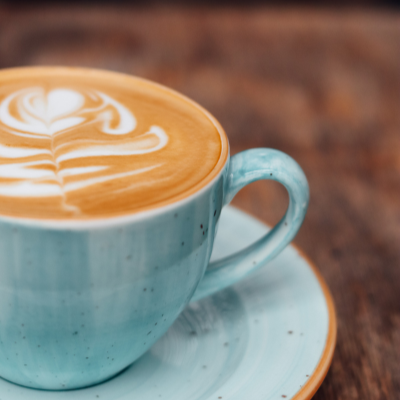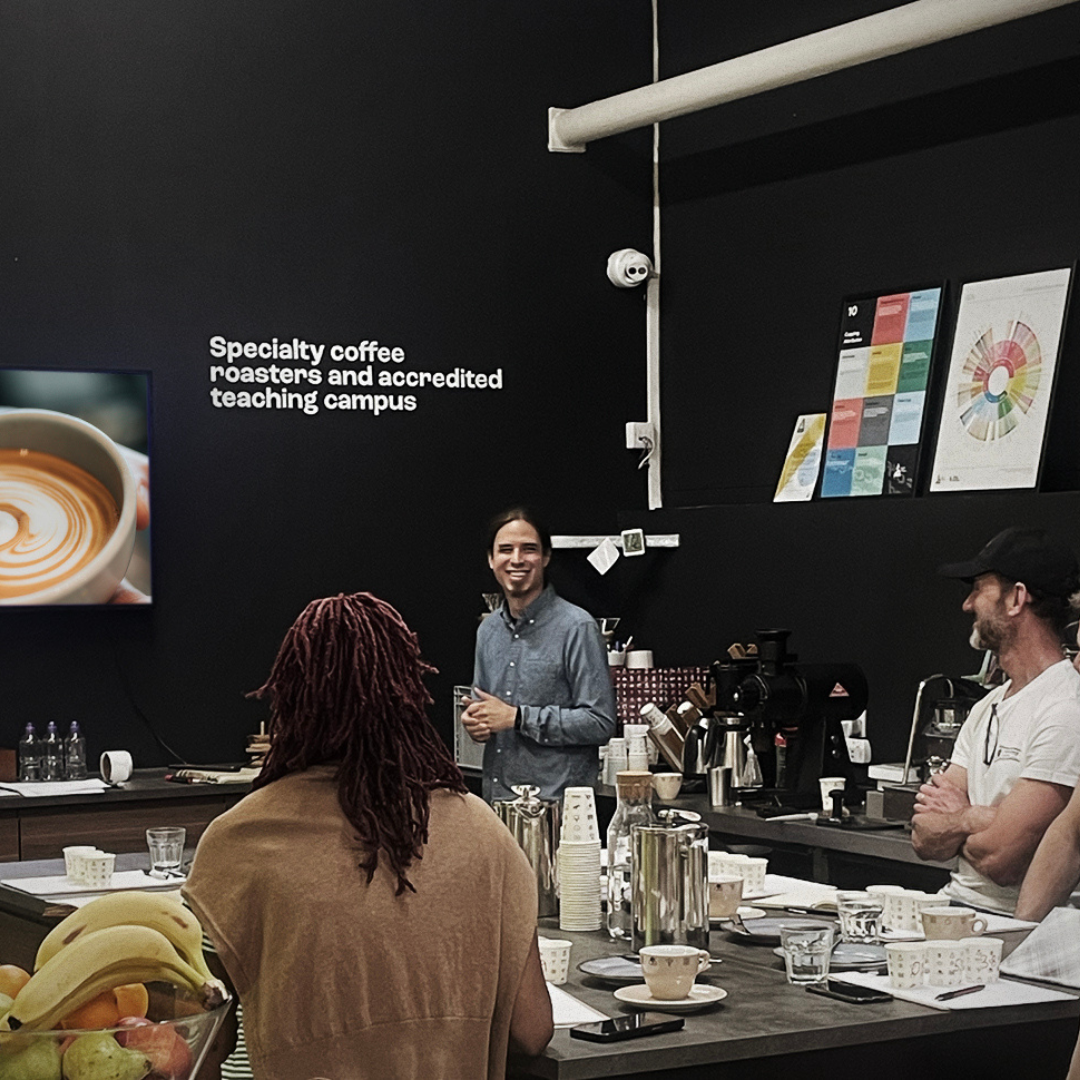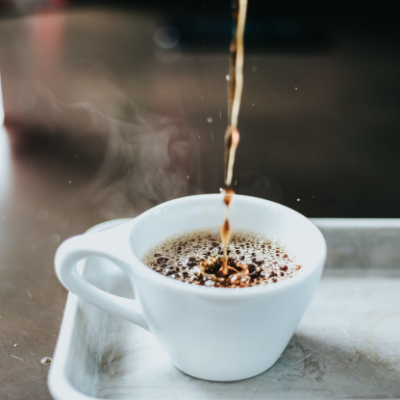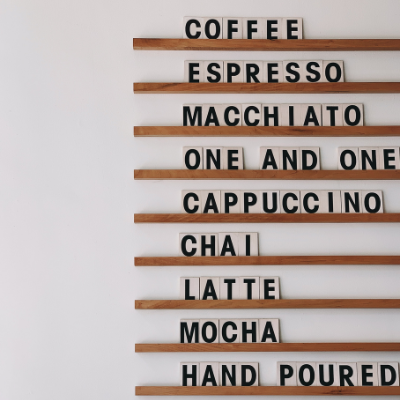
Coffee Traceability: Who Is Behind Your Cup Of Coffee?
Brewing a fragrant coffee cup has got to be one of the most pleasurable moments in the morning. Tasting smooth flavours of apple, sugarcane and flowers, all in one cup, is simply delightful.
But that does not just happen. That cup of specialty coffee has a long supply chain that starts in countries around the equator with farmers who have worked for decades to improve the crops and make them achieve excellence. When you buy a bag of coffee with traceable origins, you get a more delicious product because both the farmer and the roaster ensure the beans are of the highest quality.
The question about where your coffee comes from is very valid, considering how often we enjoy this hot drink. The question becomes more substantial when you become interested in ethically sourced products and quality goods that are created with dedication and knowledge.
In this article,, we will talk about the traceability of specialty coffee. The necessary information to understand more about farmers, producing regions, and the intricacies of coffee growing. Next time you sit in a London coffee shop or brew your coffee at home, it will taste a thousand times better.
Why Is Coffee Traceability Important?
As you read this piece, people in Brazil, Colombia, Yemen, and Burundi are taking care of the beans that will delight your taste buds in the near future. Wouldn't it be great to know who they are, how they do it and why they are so passionate about it?
Traceability is the best tool for consumers to understand the origin of the coffee and be sure the product reaches excellence. Consumers get to know the story behind the production and the specific conditions in which the coffee is grown.
The roaster gets to choose the best coffee from smaller farmers and trades directly with them. Direct trade makes it possible to pay a higher price to the farmer for the raw coffee beans. After transportation to its final destination, the roaster chooses the best roast level for that particular lot to offer the best coffee in London.
From the farmer's point of view, getting their name and farm known helps build their reputation and potentially grow their business. With the increasing popularity of specialty coffee, farmers are enthusiastic about perfecting their procedures to achieve the best coffee every harvest.
The specialty coffee industry is very recent, originating in the 70s and booming in the 2000s. It is quickly becoming a business archetype that allows a closer relationship between farmers and consumers while emphasising quality. This model provides the buyer with confidence that the roastery has sourced good quality coffee from the highest scored regions, and builds trust. Getting to know the procedures, climate conditions, and family coffee growers legacy creates connection, increases the appreciation for the product, and feels personalised.
What Is So Special About Specialty Coffee?
The coffee plant ranks as one of the world's most valuable and widely traded commodity crops. In many cases, coffee is the most important export for the producing countries.
To achieve specialty coffee beans, farmers must deal with unpredictable weather and other conditions that increase the difficulty of having a good harvest. The arabica species, for example, is the most demanding in terms of climatic conditions and soil fertility, although it produces the sweetest fruit. Farmers choose only the best beans to be sold as specialty coffee. The rest is sold as regular coffee.
Generations of farmers dedicate their lives to improving the crops and harvest procedures. They ensure the highest quality product by growing only in the right conditions. They pick the best cherries by hand, wash, dry and proudly pack the beans for export.

Traceability is completely lost when a bag of coffee does not specify where it comes from, the customer has no way of knowing the specific origin of the coffee they are about to consume. When the bag mentions the region, it gives information about the style of coffee but keeps the farmers in the dark. A good indicator of traceability is a label that specifies the farm and farmer's name and includes information about how the coffee is produced. In 39 Steps, farms and farmers are protagonists, because the particular process each farmer does is a fundamental part of achieving excellence in coffee production, and it deserves the spotlight.
Get To Know The Coffee Regions
Coffee plants only grow naturally near the equator, between the Tropics of Cancer and Capricorn. These areas have the tropical climate required for coffee plants to thrive. The shrubs prefer high grounds, need high humidity to bear fruit and are not resistant to frost. Coffee is a tricky crop and obtaining high quality beans for specialty coffee is even trickier. In 39 Steps we applaud the dedication, especially from the smallest farms where the whole family is involved in the process.
Coffee beans must travel a long way to become the best coffee in the UK. From cultivation, flowering, and harvesting, to sorting, processing and roasting, coffee has a long supply chain that influences the quality and price. Traceability in coffees from 39 Steps allows this whole process to be simple, providing full transparency throughout the complete supply chain.

Countries in South and Central Americas, Africa and Asia typically grow coffee, and each region produces coffee with different taste profiles. Conditions like altitude, soil, climate and processing traditions change the taste you get in your cup in a London coffee shop. The size of the farms and sometimes the political conditions of the country are variables in the production of coffee. In 39 steps we offer coffees from different-sized farms, sometimes the farmers get together to produce a lot.
Central and South America are known for their sweeter and balanced flavours with nutty and chocolate notes. In 39 Steps we offer a wide variety of South American coffees, single origin and blends, to provide different profiles for filtered coffee and the right structure for a good espresso.
African coffees are known for their floral and fruity notes, and Ethiopian coffee is renowned for its distinctive sweetness. Asian coffees have a nutty and earthy quality to their flavour, with some woody and spicy notes.
Creating connections and improving the relationship between growers and consumers is a great way to strengthen the weak link in the coffee supply chain. It allows consumers to know the product's origin, broadens the knowledge about coffee production and its characteristics, and allows the farmers to showcase themselves for their excellent work and efforts.
39 Steps Coffee Selection
Brazil
- Cachoeira: Is a coffee from Carmo do Paranaiba in Minas Gerais, within the Cerrado Region -the first coffee origin denomination in Brazil, characterised by altitude (1100 meters) and climate with stable seasons, perfect for growing coffee. It is produced by Danilo Barbosa and his family. In presentation for espresso or filter, it is a natural coffee with tasting notes of stone fruit, cocoa and lime.
- 50:50 caffeine/decaf blend: Comes 50% from Brazil, produced by Monica Borges de Sousa in in Sul de Minas, and 50% from Colombia by Pedro Echavarria from the farm Tres Pioneros in the Huila region, where he produces decaf coffee using a special wash process to remove the caffeine from the beans. This blend has a smooth body and is rich in flavour with notes of dark chocolate, biscuit and cherry. It is perfect for when you still want a little caffeine but not the full hit. in a blend with Colombian coffee., this blend can be used for filter or espresso
- Mina blend: This is 39 Steps’ house espresso blend that we roast fresh at our London roastery. This ever evolving favourite blend seeks the sweetest cup as a standalone espresso or paired with milk. 50% comes from Brazil from the farm Fazenda Barrinha in the region Mogiana and is produced by Monica Borges de Sousa. The other 50% comes from a farm in Tamaná in the Huila region in Colombia by Elías Roa Parra.
Peru
- La Huaca: With a unique delicate floral flavour and a sweet chocolate aftertaste, this coffee is a perfect refresher for the summer months. The richness of the soil and the microclimate in the village La Huaca -very humid and wet- provides the conditions for its distinct profile. This coffee is produced by a group of farmers that pick and process their coffee themselves.
Colombia
Colombian coffee is famous for its unique flavour and for having the best acidity level, given by the altitude at which it is grown in different parts of the Andes mountains.
- Katherine Martinez: This is our favourite filter coffee for its sweetness and notes of red apple, smooth dark chocolate and blackcurrant. It is a washed caturra varietal from the region of Huila in Colombia. 39 Steps’ connection with producer Katherine Martinez began in 2020 through Osito, an importer from Huila, based in the US.
- Colombia Malla 14: With versions for filter and espresso, this coffee has sugarcane, apple and floral notes and comes from different producers in the Huila region. Smaller farmers from the area bring their beans to put together a high scoring lot with interesting and complex flavours.
- Tres Pioneros: The Huila region continues to position as the strongest contender among the Colombian regions -several departments around Colombia produce great coffees. Our decaf coffee comes from the Tres Pioneros farm and is produced by Pedro Echavarría. This coffee is washed and processed for decaffeination using a mix of vinegar and a natural extract distilled from sugar cane, blackberries, beets or grapes.
Yemen
- Al Shamahi: The region of Ibb, north of Yemen, has fertile soil and a diverse landscape with high altitude and subtropical climate. Multiple farmers gather to produce the best coffee of Yemen, picking only the reddest cherries and placing them in baths of cold water to sort the quality ones. The result is a cup of coffee with notes of grapes, paraline and dates.
Burundi
- Microlot 2145: This sweet single-origin comes from the Kayanza province in Burundi and it offers cinnamon, sugarcane and citrus notes. Producers get together to compile the coffee for exportation, despite the affect of the political turmoil in neighbouring Congo. Coffee from Burundi has a clean sweet taste, comparable to Rwandan coffee.





Leave a comment
This site is protected by hCaptcha and the hCaptcha Privacy Policy and Terms of Service apply.